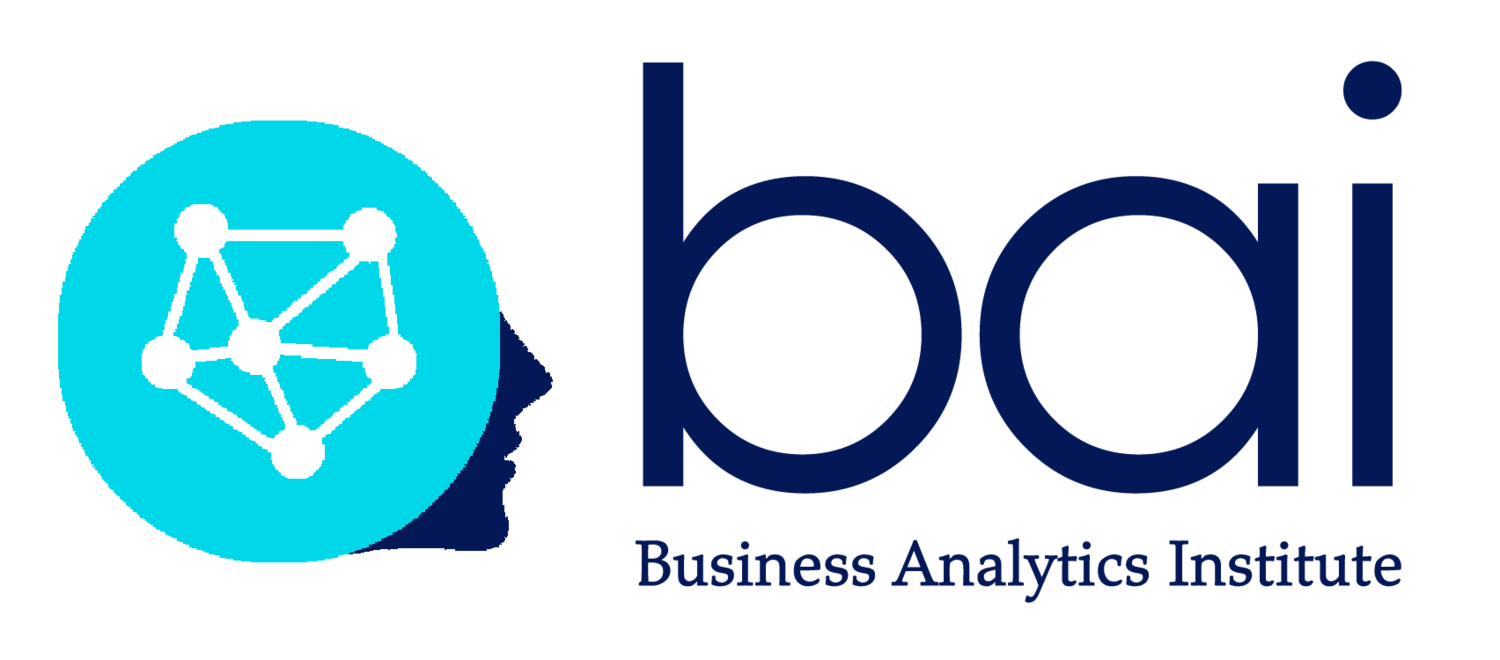Trust by Design
The motor of the next industrial revolution won’t be data, but trust.
Alibaba has no inventory…- no more than or Google creates proprietary content nor Airbnb has real estate. What sets these market leaders apart from the competition isn’t the volume of data or the sophistication of their analytics, but their capability to use data to enhance consumer trust. When companies in Europe and abroad evaluate GDPR in light of their digital strategies; they are missing a critical point – data will never be worth more than the confidence their stakeholders have in their data practices.
If your organization isn’t structured to nurture consumer trust, your market share will wither away. The nature of consumer trust has evolved considerably over the last few years. Several years ago, Vanessa Hall pointed out that “blind trust” based on faith in organizational leadership and products was a thing of the past.[1] Absolute trust has been replaced by “situational trust”, where consumers gave credence to the experts because of their focused insight and experience. Today, confronted when confronted with a multiplicity of data sources and versions of the truth, situational trust has in turn given way to "referred trust” based on the perception of shared beliefs.
Customers aren’t likely to venture far into an organization’s digital space if they don’t trust technology to provide a reasonable level of value. Several studies have concluded that consumer trust is at an all-time low.[2] Three trends tend to explain this ambivalence. Business models based on “People are the product” philosophies are increasingly contested by those who resent being categorized and then productized. Data hoarding practices based on “Big is better” are proving as pointless as they are potentially dangerous. Finally, the zero-sum experiences in which the corporation’s perceived need for data outweighs any concern for individual privacy are justifiably drawing public scorn.
The crisis in consumer trust is the leitmotiv of the European Union’s General Data Protection Regulations 2016/679. The European regulations seek to encourage data controllers and processers to embed privacy, security and transparency into their organizational workflows. The legislative intent is to condition the use of “small” rather than “big” data. Small data refers to any information that allows an organization to distinctly identify an individual. It may be a biometric, a belief or a preference, or something more context based. The texts seek to ensure that digital citizens the right to know how their data is being used, to access, rectify, delete, and port it to upon demand. This said, adhering to the spirit GDPR will only contribute, rather than guarantee, consumer trust.
Trust isn’t an attribute of the quantity of how much data you hold as much as a result of consumer perceptions of how that data is being used. Several initiatives can contribute to building trusted relationships between your customers and your organization. A first step is offering the consumers more control over what happens to their data. A second step is putting the right data at their disposal – the more informed they are about your products and your organization, the better chances they have of taking better decisions and meeting the challenges they face. A third step is helping them put the data together in meaningful stories that help them understand the nature of the challenges and the potential solutions at hand. Keep in mind that in a customer’s mind services aren’t found on the web – but in providing palpable means to improve their lifestyle.
In the post GDPR world, Privacy by Default will quickly be replaced by Trust by Design. Trust by Design encompasses a number of data practices that embed opportunities to grow consumer trust at every stage of your operational processes. Data transparency involves clearly communicating what small data you intend to use, along with why, when, for how long and with whom. Trust by Design goes beyond concerns for data transparency to implement the vision of Time Well Spent - organizations can use data and analytics to positively impact how customers interact with the world around them.
As Raffaela Rein of CareerFoundry suggests, cultivating trust will be the core responsibility of information architects and data scientists in the foreseeable future.[3] The impact of Trust by Design will be measured not only in your organization’s design practices and process improvements, bit in how you will use data to help your employees and customers successfully navigate the complexity of their daily lives.
I will be discussing and developing these propositions at the Post GDPR/FODP summit on November 8th and 9th. Please don’t hesitate to share your thoughts and suggestions head leading up to this event. I look forward to seeing you in Berlin.
Dr. Lee SCHLENKER
The Business Analytics Institute
Sept 15, 2018
Lee Schlenker is a Professor of Business Analytics and Community Management, and a Principal in the Business Analytics Institute http://baieurope.com. His LinkedIn profile can be viewed at www.linkedin.com/in/leeschlenker. You can follow the BAI on Twitter at https://twitter.com/DSign4Analytics
________________
[1] Vanessa Hall, The Truth About Trust in Business, 2011, Emerald Book Co.
[2] See for example Forrester’s Predictions Guide 2018, the 2017 Edelman Trust Barometer
[3] Emily Stevens, Building Trust through UX, CareerFoundry, Jan 22, 2018



